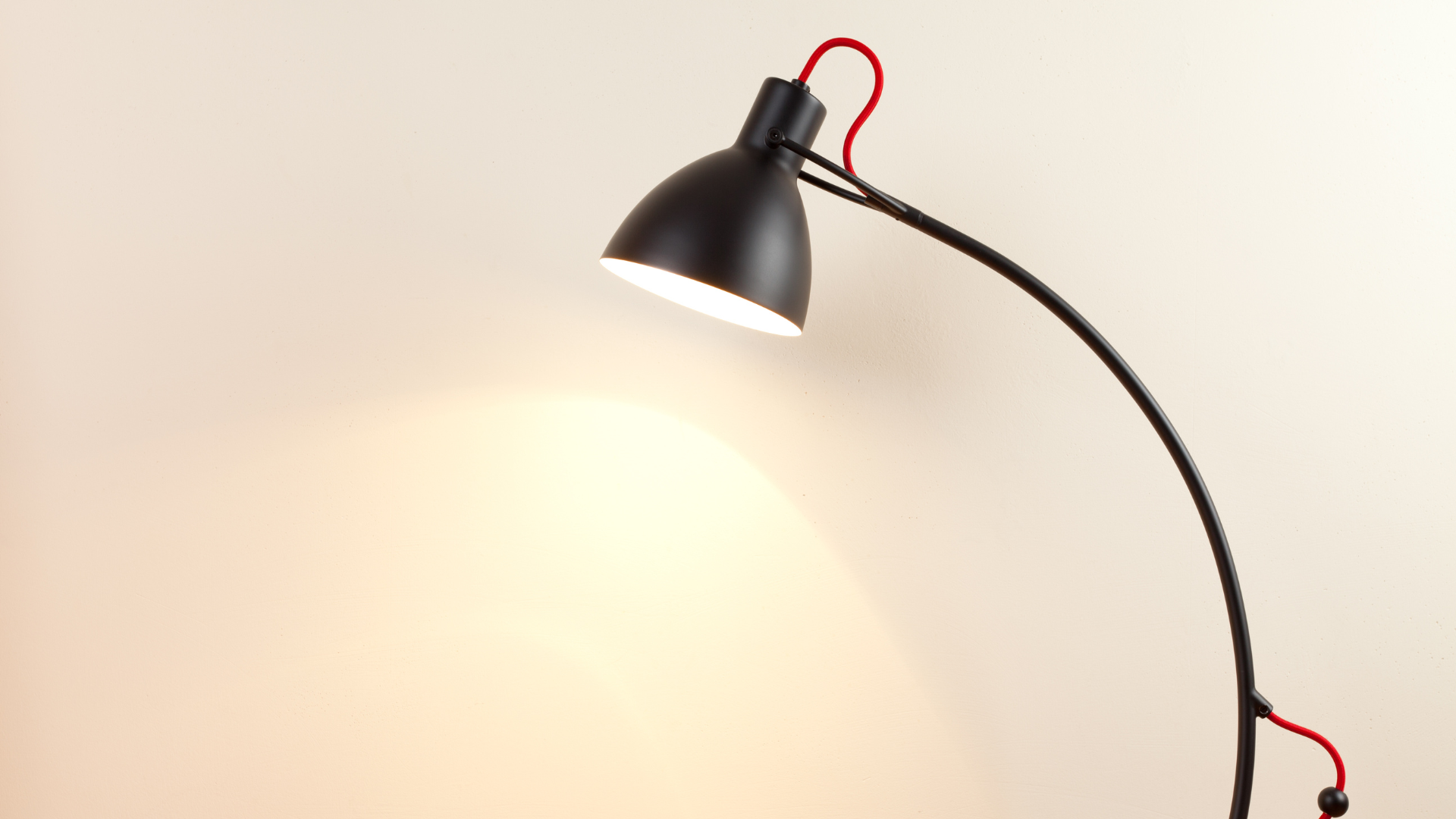
How lighting can help people with AMD see better
If you’re one of the 700,000 people in the UK living with sight loss as a result of age-related macular degeneration (AMD), then you’ll know the importance of getting regular professional advice. However, simple changes, like using better lighting, can also make a big difference.
Even if you’re not one of the more than four million people estimated to be living with signs of AMD by the Royal National Institute of Blind People (RNIB), you may experience some impaired vision as a result of ageing. This could mean you struggle to focus on details, have trouble distinguishing different colours or need more time to adjust to changing light.
Alongside having regular checkups for your sight loss or AMD, creating an environment with the right lighting can make a real difference to everyday life. The Macular Society estimates that a 60-year-old with sight loss will need approximately six times more light than a sighted 20-year-old.
So what types of light are best for those with age-related sight loss and how can you get the lighting right for people living with AMD? This article will explain.
What types of light are best for those with AMD?
When it comes to choosing the right type of lighting to install in a room, the rule is that bright is always the best. However, it’s also important to avoid glare or big contrasts between shadow and patches of light.
As such, choosing forms of bright light that can give even coverage across a room is key, with the following options being the best:
Your final light choices will depend on several factors including your style, type of living space and current lighting level. However, by trying out different types, you can find options that work best for the individual living with AMD.
Lighting tips to help people with AMD
Alongside choosing the right type of light, it’s important to optimise your lighting as much as possible. The following lighting design tips will help people with impaired vision, including those with AMD, see better while moving, working and going about everyday tasks.
Maximise your use of daylight
During the daytime, making the most of any daylight entering a room is key. Opening curtains wide, keeping windows clean or using blinds to control the amount and direction of light will help you get even, bright coverage without any glare or heavy shadows.
Painting walls in matte, light colours (though not white), not putting large mirrors directly opposite windows and wearing glasses with blue light filters will help people with AMD see better indoors. In hallways, stairways and smaller spaces, it’s important to maximise the flow of daylight as much as possible to make these tricky-to-navigate spaces more accessible.
Make lighting bright and even
Glare and sudden contrasts between bright areas and shadows can make distinguishing colours and spaces difficult for people with impaired vision. As such, it’s important to keep the lighting across a space as even and bright as possible.
In the daytime, look for areas of shadow and set up lamps to light them up and match their brightness to the rest of the room. Using a few lamps to cover different dark spaces is better than using one bright light that throws large shadows, so opt for this in rooms where daylight doesn’t filter in naturally.
Also, using lamp or light shades that cover the bulb but allow the light to diffuse gradually into the room will help prevent areas of glare and give more even coverage. Dimmer switches, uplights or motion-activated lights also bring extra brightness to a room while helping you keep control over any glare or shadows.
Take advantage of task lighting
When doing detailed work or performing specific everyday tasks, having specific lamps to hand can help people with AMD or impaired sight loss focus and see more clearly. When choosing a task lamp, be sure to check that:
When shopping for task lights, gooseneck floor lamps, swing arm desk lamps and magnifying desk lamps are recommended for their brightness, easy adjustability and lightweight design.
Be aware of blue light
Over time, exposing eyes to blue light has been shown to cause damage to cells in the retina at the back of the eye. Though low levels of it are present in natural sunlight, computers, phones and other devices emit them in higher volumes.
To avoid potentially damaging exposure, wearing blue filter lenses or adjusting the settings on your electronics is recommended.
Use a portable light
Many people with AMD or impaired vision worry about losing their independence when they’re diagnosed or start experiencing sight loss. Having a torch or other portable light to hand will give extra reassurance and quickly add brightness when someone is on the move.
Whether getting up at night, reading a menu in a restaurant or looking in a cupboard, small portable torches are cheap to buy and give people with impaired vision extra help to remain independent.
Get other tips on living well with AMD
If you’re living with AMD or have a loved one with the condition, getting helpful, simple advice can make a real difference to everyday life. The new, free Ocuplan service gives you access to this help whenever you need it.
Simply sign up and you can access our ‘ask a consultant service’ to give you or your loved one reassurance whenever they need it. With professional advice on hand, our service aims to help people with AMD stay independent and slow the progress of the condition for as long as possible.
About OcuPlan
OcuPlan offers the gold standard of clinical care for patients with long-term eye conditions to help minimise the risk of sight loss.